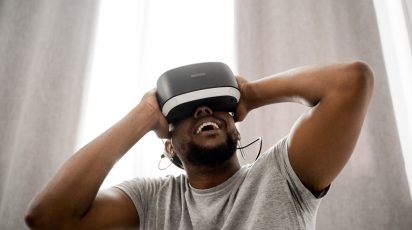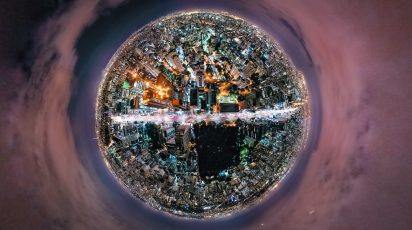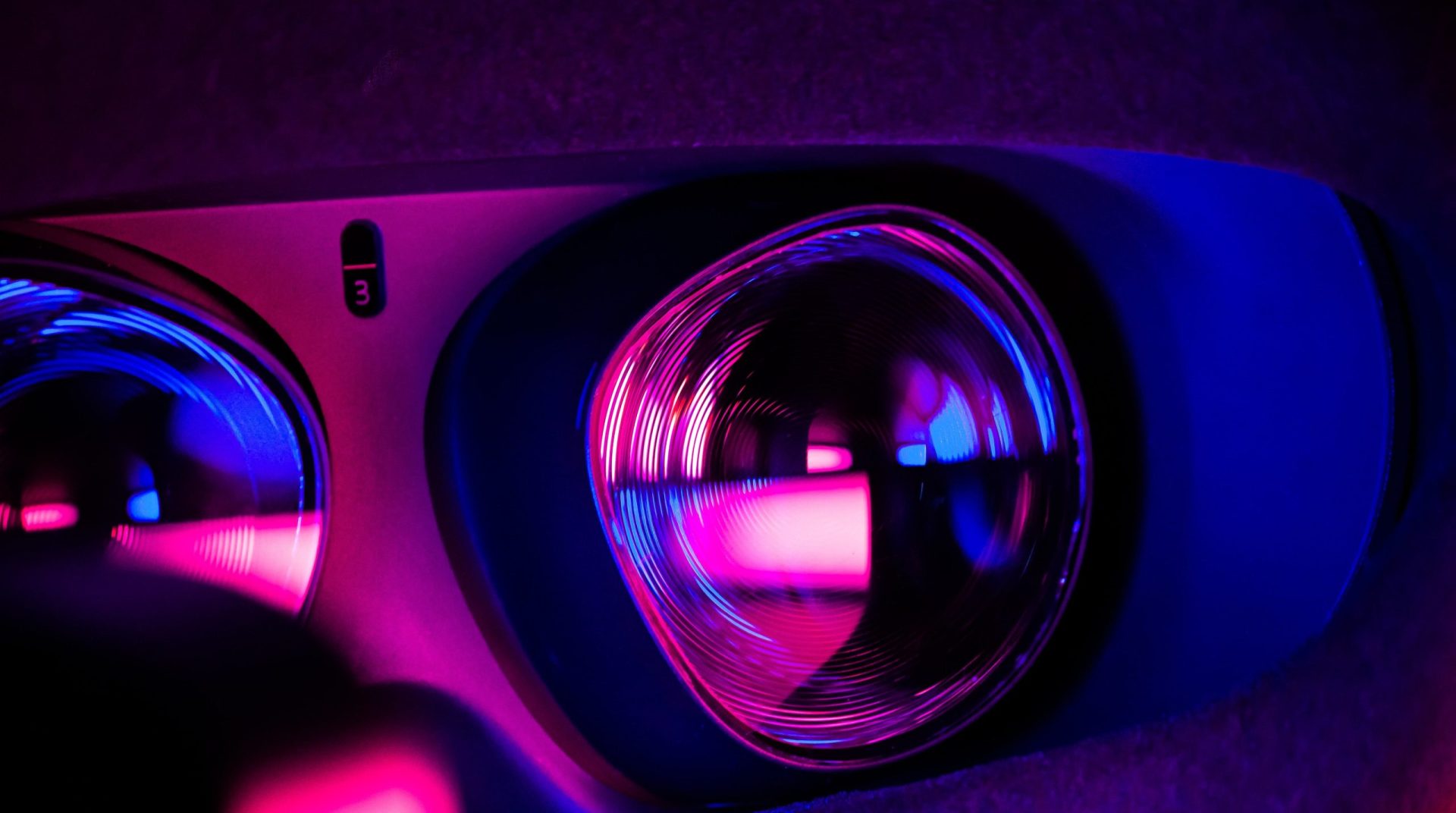
April 3, 2022
VR eye tracking: operator training like never before
In a couple of our previous blogs, we’ve spoken about the benefits of hand tracking for the industry. This amazing feature has enabled us to hugely enhance operator training. But while hand tracking opens up a whole spectrum of new possibilities, we can’t ignore the fact that there is another new technology in town. This blog will explore eye tracking as another possible way of motion tracking in virtual reality (VR).
Eye tracking in a nutshell
Before we dive deeper into the topic, it is important to state that eye tracking itself is slightly different from VR eye tracking: eye tracking is the process of measuring the movements of an eye, intended to determine where a person is looking, what they are looking at and how long the gaze is locked on a specific spot. Scientists, researchers and large businesses have used this technology to study human behaviour and measure visual attention. An eye-tracking device uses invisible infrared light and HD cameras. It projects the infrared light, creating a reflection, and the cameras are there to track and record movements.
The way eye tracking works in VR is almost the same, but there is one important difference as in VR the eyes are not always pointing in the direction that the person is looking. This principle is known as ‘vergence’ in the real world, where eyes are always directed towards the object they are looking at. In contrast, in VR, the headset is quite close to the eyes and so vergence does not always apply, which results in missing data. Luckily this data gap is solvable by combining information about the depth of VR objects, enabling the creation of a model to show what is being looked at. In our industry, eye-tracking technology is not new as it has been used in real-time operations centres for quite some time. It is usually used to vastly improve workers’ performance. But how can it be used in operator training?
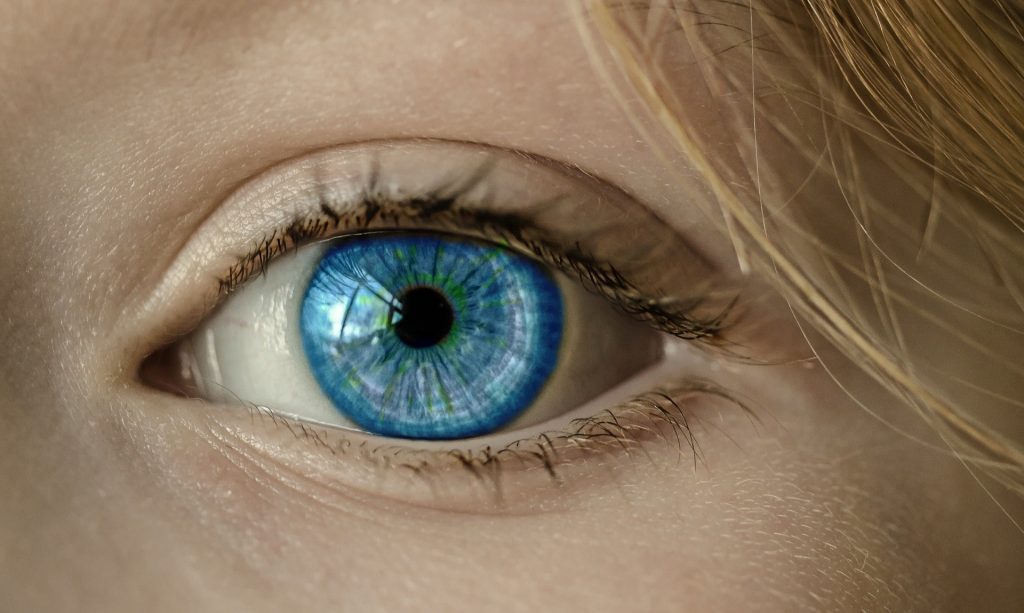
A new era for operator training
Eye-tracking technology is a fantastic time-saver and a great boost to operator productivity. Furthermore, combining it with VR allows us to harness the benefits of both technologies. While VR has helped us to transform operator training by recreating scenarios that are hard to replicate in reality, eye tracking has the potential to enhance it even further. In operator training, eye tracking can be used to:
- Determine trainee safety awareness – eye tracking can help us determine what a trainee is looking at during the session. This way we can check whether his/her focus is on the right elements during training. If this is not the case, trainees may unintentionally learn to complete a task incorrectly, which could result in an accident in the real world.
- Determine inefficient methods – using the analysis after each training, it is easy to determine which methods work and which need to be improved.
- Streamline operator training – with the application of eye tracking, operator training can become even more efficient and profitable.
As immersion is one of the key elements of VR training, adding eye tracking deepens natural interactions and results in even greater immersion and an improved user experience. It can also help to identify the cognitive state of trainees. Linde Virtual Academy scenarios require our trainees to be highly focused, but the system also warns them every 15 minutes to take a short break before continuing further. With eye tracking, this is element can be eliminated, as the tracking monitors track the ocular activity of each trainee. The ocular movements of a fully awake and focused person are vastly different from those of a tired person; eye tracking can spot this, allowing the system to provide assistance to the trainee, either by setting off a warning alarm, or simply pausing the training and encouraging the trainee to rest. It is not only the oil and gas industry in which eye tracking may be very useful. In retail, it is used to observe the process of product selection and to assess the user experience of advertising, while in medicine it can help to spot the possible signs of serious illnesses such as Parkinson’s, autism, schizophrenia, depression and so on.
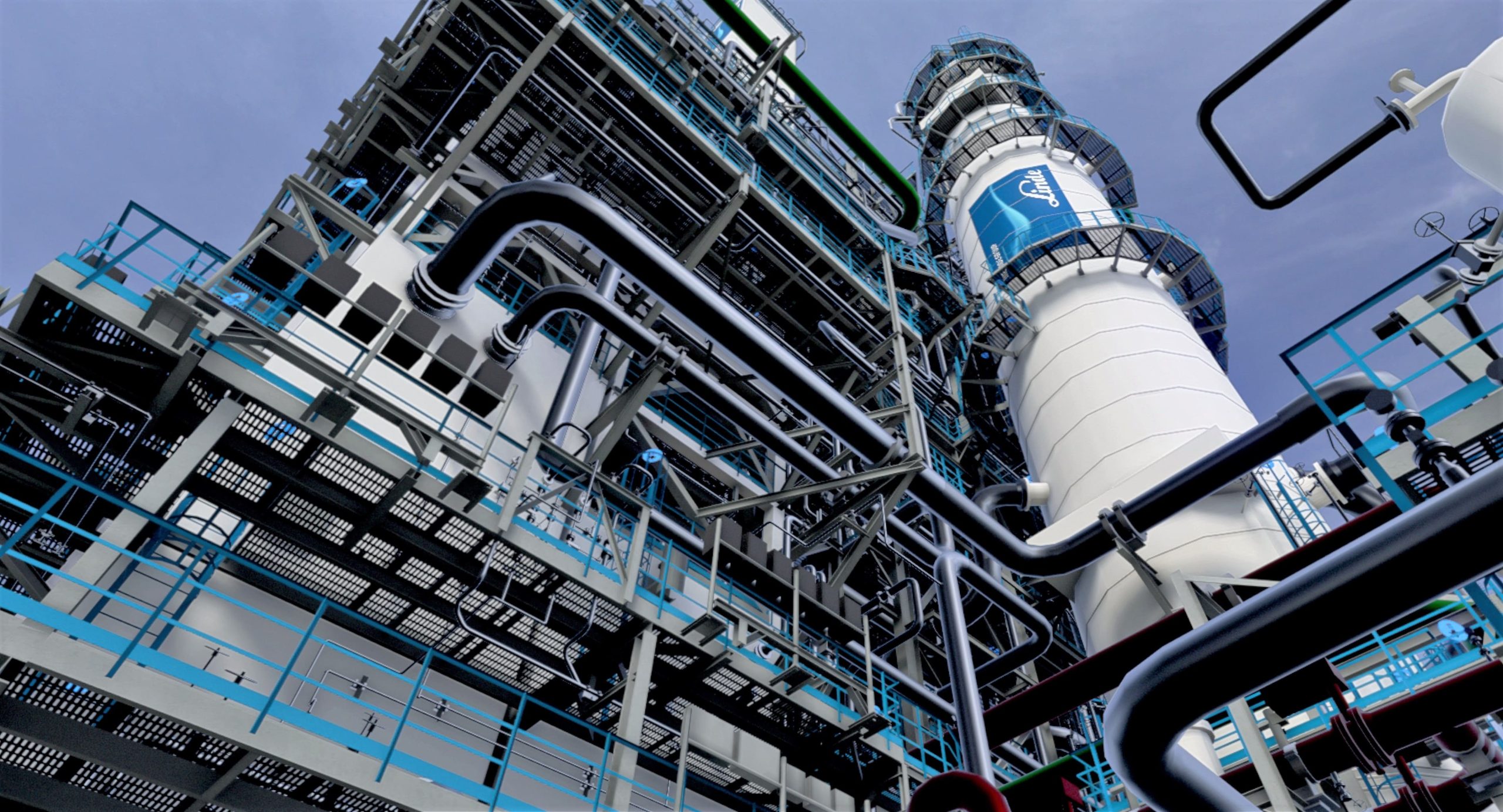
Hardware requirements
You may be wondering about the investment costs associated with eye tracking hardware and whether it would require the purchase of new VR headsets. Well, the answer is yes and no.
Most of the recently released VR headsets, such as the HTC Vive Pro Eye and the Pico Neo 2 Eye, have built-in eye-tracking systems and, if you are lucky enough to have these already, you are good to go. If you own an older model of headset, replacement might be the only option for your company to fully benefit from the opportunities eye-tracking technology offers. Generally speaking, from standalone devices to those that require a PC connection, new eye-tracking VR headsets have an impressive field of vision and refresh rates of around 90Hz. The prices of these devices start at just over €700, and can reach almost €1500, depending on whether you are purchasing a headset alone or the whole package, including controllers, base stations and so on.
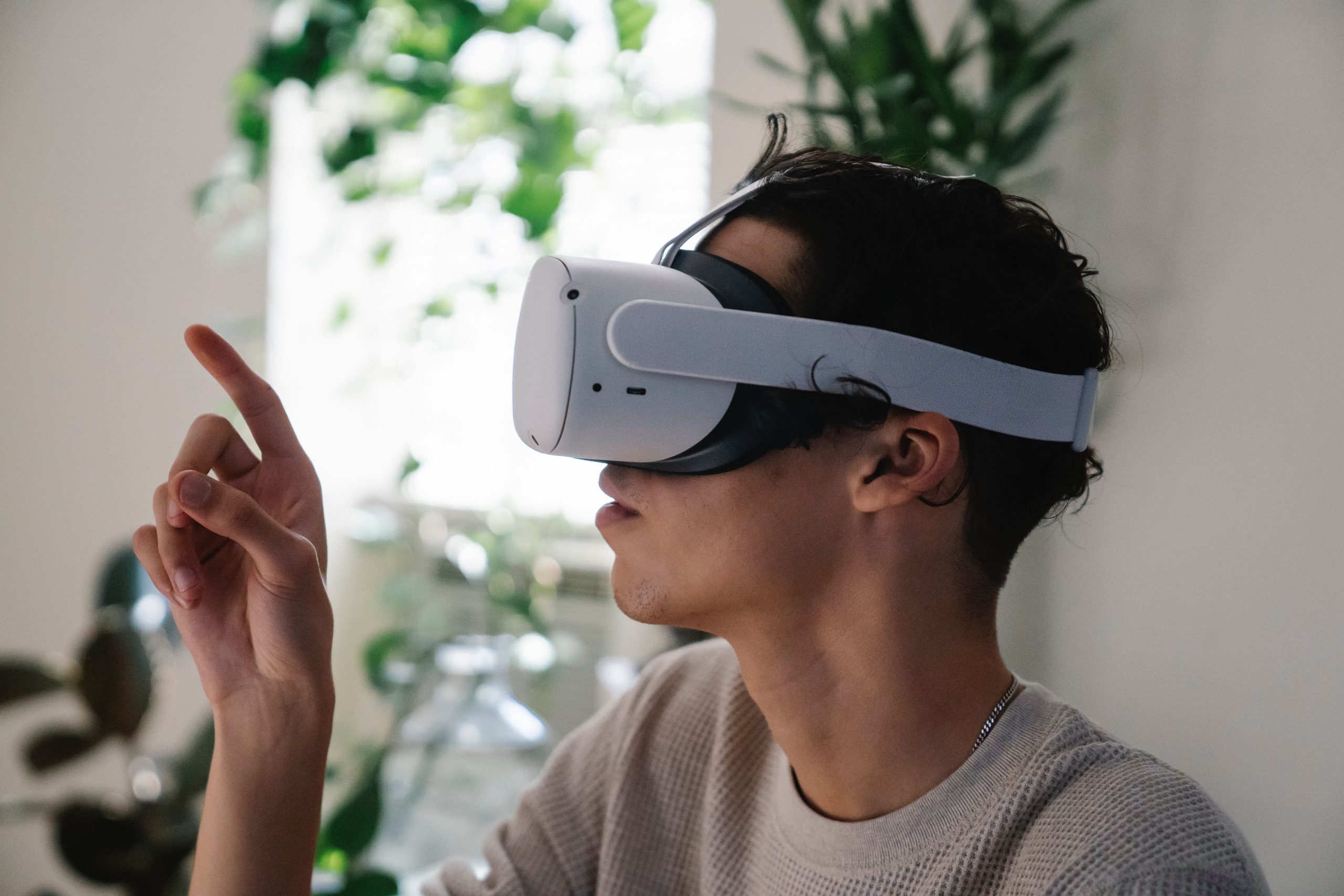
A technology to simplify operator training
Eye-tracking technology could easily be implemented in our daily lives and simplify the way in which we train our operators. Although we do use it at Linde, so far this technology hasn’t been added to the LVA, but it is certainly on the list for future upgrades. Operator safety has the opportunity to become even better, while retaining their functionality, regardless of the VR headsets you choose. One thing is clear, the applications for eye tracking are growing and with the further development of this technology, we can expect great results.


